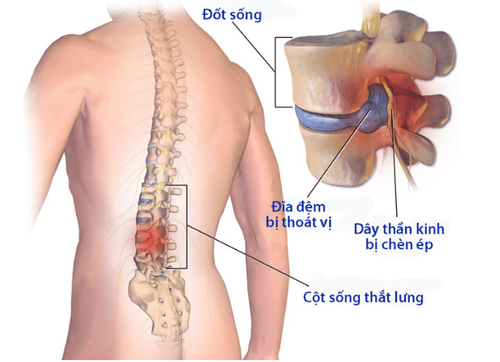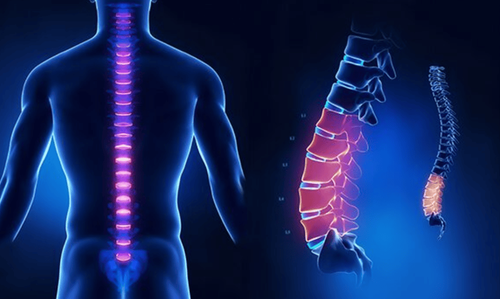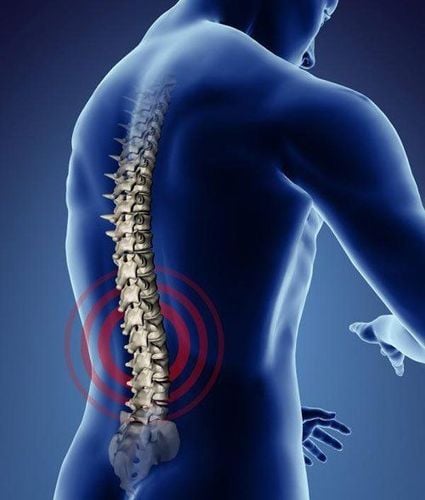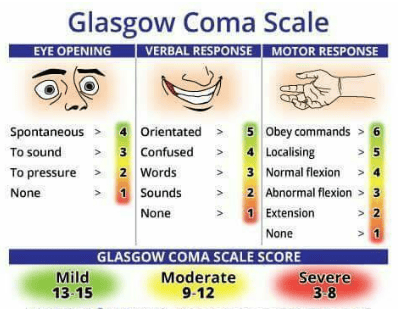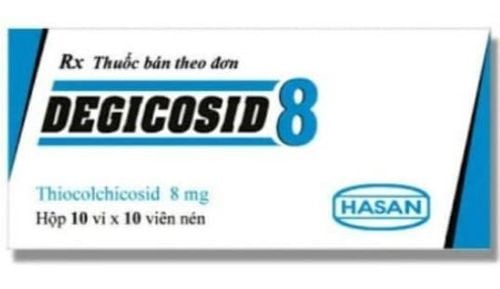This is an automatically translated article.
Injury to the cervical spine in children is not a common condition, but when it occurs, it can have severe consequences due to damage to the nerves and axial system of the spine. Most spinal cord injuries require surgery to remove the damage and correct the anatomical structure. This article will help you learn more about cervical spine surgery in children.
1. Injury to the cervical spine in children.
The reported rate of spinal cord injuries is one to five cases per 100,000 people; More than half of these injuries include cervical spine fractures. Cervical spine injuries are less common in children than in adults, with 1%–2% of trauma victims being children requiring hospitalization. Approximately 72% of spinal cord injuries in children under 8 years old occur in the cervical spine. The anatomy of the developing cervical spine tends to predispose children to upper cervical spine injuries. In general, the younger the child, the higher the chance of an upper cervical spine injury. Because of their anatomical differences compared to adults, young children tend to have more trauma from the occipital region to the level of the C2-C3 vertebrae. These injuries are also associated with a high risk of nerve damage, with an incidence of 25%–50% with associated head injuries.
The mechanism of injury also varies according to the age of the patient. In children under 8 years of age, 25%–60% of injuries occur secondary to motor vehicle accidents, including events in which the victim is a passenger, pedestrian, or cyclist. Falls and sports-related injuries tend to occur in older children. Less common injuries may be considered secondary to congenital trauma; These injuries are often associated with breech delivery. Occasionally, cervical spine injuries from child abuse or random causes can also occur. In addition, underlying medical conditions such as Down syndrome, Morquio syndrome, Grisel syndrome, and rheumatoid arthritis can lead to congenital malformations of the vertebrae and ligamentous laxity. As a result, affected patients may be prone to compression and instability in the C1-C2 vertebrae.
Injury to the cervical spine in children usually occurs in the upper cervical spine from the occipital to the C3. This fact can be explained by the distinct biomechanics and anatomy of the cervical spine in children. The fulcrum of cervical spine movement in children at C2-C3 levels; In the adult cervical spine, the fulcrum is at C5-C6. The immature spine is hyper-immobilized by ligamentous laxity, shallow and angular joints, underdeveloped spinous processes, and physiological anterior meniscus of the vertebral bodies, all of which contribute to tissue formation. High torque and shear forces act on the C1-C2 region. Incomplete ossification, relatively large head and weak neck muscles are other factors leading to cervical spine instability in children.
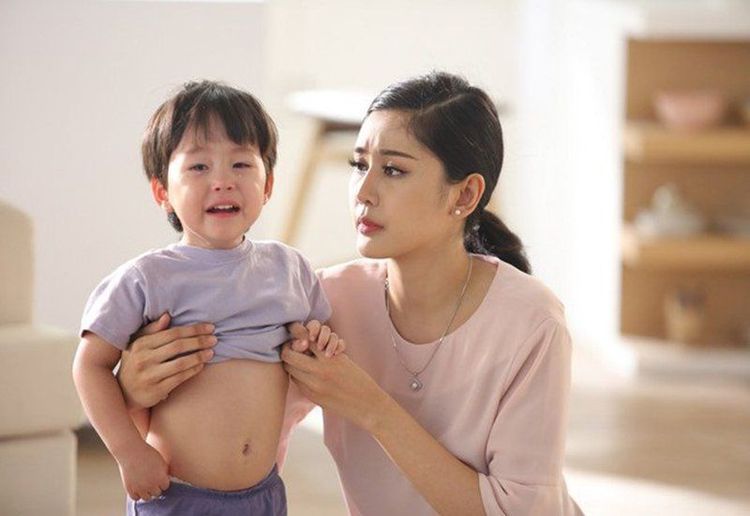
Chấn thương cột sống cổ ở trẻ em thường xảy ra ở vùng cột sống cổ trên từ chẩm đến C3.
2. What is cervical spine surgery in children?
Pediatric cervical spine surgery is a treatment option for children who have an injury or abnormality in the neck part of the spine (cervical spine).
Cervical spine disorders can be present at birth (congenital) or as a result of car, motorbike or other trauma. Cervical spine abnormalities are rare, occurring most often in children with Down syndrome, Klippel-Feil syndrome, or bone disorders.
Injuries or abnormalities of the cervical spine can cause bony structures to press the skull against the brain stem or the upper part of the spinal cord. This compression can cause spinal cord problems or abnormal brain development. Surgical decompression can help prevent deformity, chronic pain, and loss of nerve function.
3. When is cervical spine surgery indicated in children?
If your child has a cervical spine injury or abnormality, bony structures can press the skull against the brain stem or the upper part of the spinal cord.
Your child's surgeon will remove those bone structures or abnormalities to help prevent loss of nerve function, chronic pain, and deformity. If there is a deformity, your surgeon will correct the crooked cervical spine. Sometimes cervical spine surgery in children is done to correct instability between the bones, which can damage the spinal cord. Metallic implants including splints and screws can be used to treat cervical spine disorders.
4. Risks of cervical spine surgery in children.
Surgery of the cervical spine in children can be difficult because of the child's bones, and the surgeon must take into account the child's future growth and development.
Possible risks of cervical spine surgery in children include:
Neck pain Bleeding Spinal cord injury Infection Joint misalignment Stiffness
5. What you need to prepare before having cervical spine surgery for children.
Tell the doctor if your child is taking any medications or supplements.
Schedule any preoperative tests ordered by your child's doctor.
Have your child stop eating and drinking the night before surgery (unless otherwise directed by your doctor).

Cha mẹ cần tham khảo ý kiến của bác sĩ để chuẩn bị kĩ cho bé trước khi phẫu thuật cột sống cổ
6. What you can expect
Before the procedure, your child will be given general anesthesia before and during any pediatric spine procedure. Parents may sometimes be present to initiate anesthesia with the consent of the anesthesiologist.
If your child has a potentially harmful instability before surgery, he or she will be placed in a device that stabilizes the spine, such as a neck brace or halo. Cervical vertebrae and other splints usually do not require anesthesia or an operating room to place, but halo rings do.
During surgery, the most appropriate surgical approach depends on the location of the injury or the bone abnormality. The surgeon may recommend access to the spinal cord or brain stem:
Through the mouth (transoral approach). A flexible tube with a camera on the end (endoscope) may be used. Through an incision in the neck, in the front or back. Through an incision in the back. During surgery, the surgeon will remove bone structures or small pieces of bone that are pressing on your child's brain stem or spinal cord.
If your child's spine is unstable, the surgeon may insert a disc, screw, or bone graft to help stabilize it. A bone graft can come from another part of your child's body or from donor bone.
After surgery, your child will usually stay in the recovery area until he or she wakes up from the anesthesia. In most cases, you will be able to see your baby in the recovery room. The length of your child's hospital stay will depend on the type of surgery, but is usually three to five days after childhood cervical spine surgery.
Most children can return to school within a week or two, and begin participating in physical education after about six weeks. The child can return to all his activities as soon as the fusion can be seen on imaging tests after surgery. Children usually don't need physical therapy or mobility after surgery.
Vinmec International General Hospital is a high-quality medical facility in Vietnam with a team of highly qualified medical professionals, well-trained, domestic and foreign, and experienced.
A system of modern and advanced medical equipment, possessing many of the best machines in the world, helping to detect many difficult and dangerous diseases in a short time, supporting the diagnosis and treatment of doctors the most effective. The hospital space is designed according to 5-star hotel standards, giving patients comfort, friendliness and peace of mind.
Please dial HOTLINE for more information or register for an appointment HERE. Download MyVinmec app to make appointments faster and to manage your bookings easily.
Reference source: mayoclinic.org




